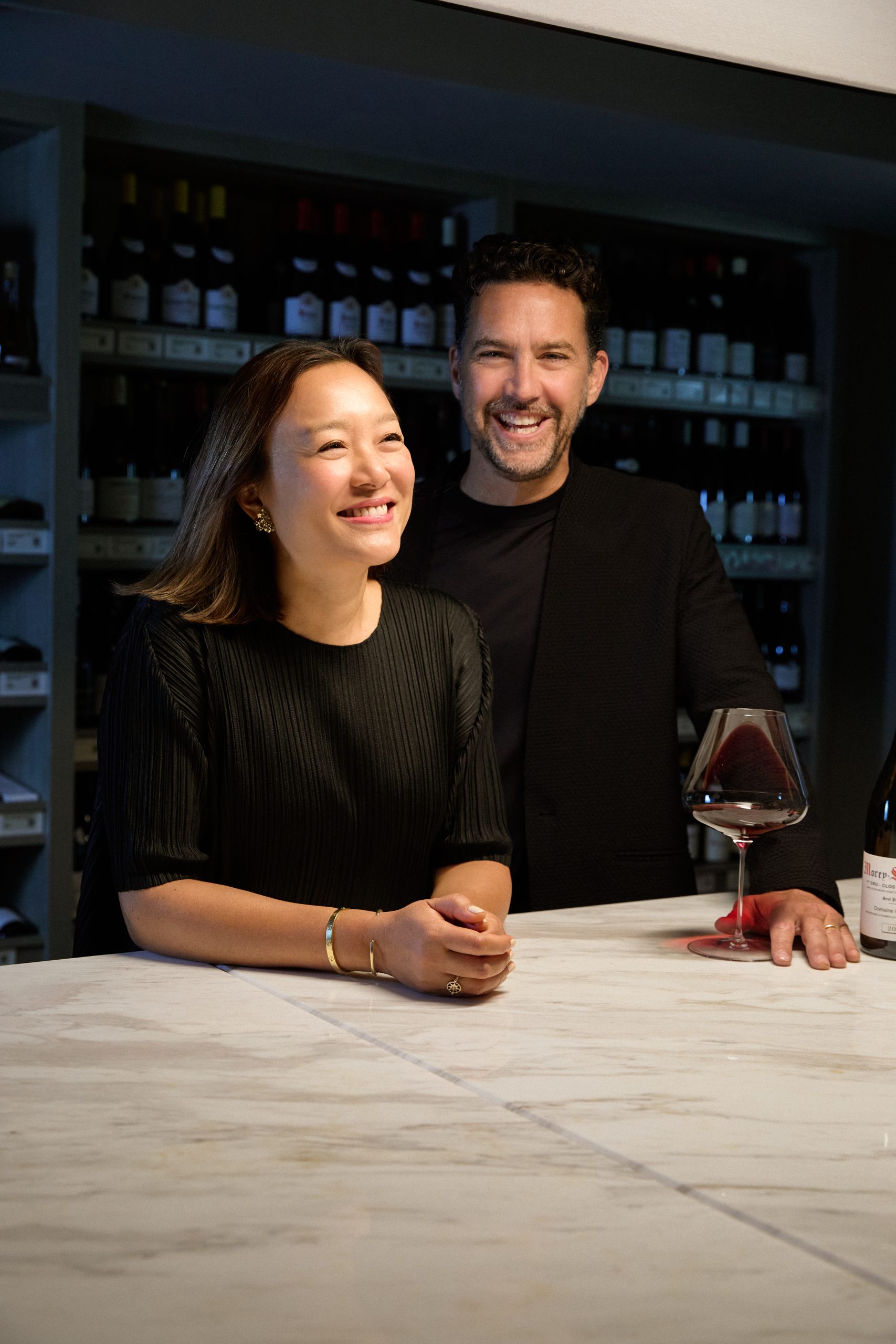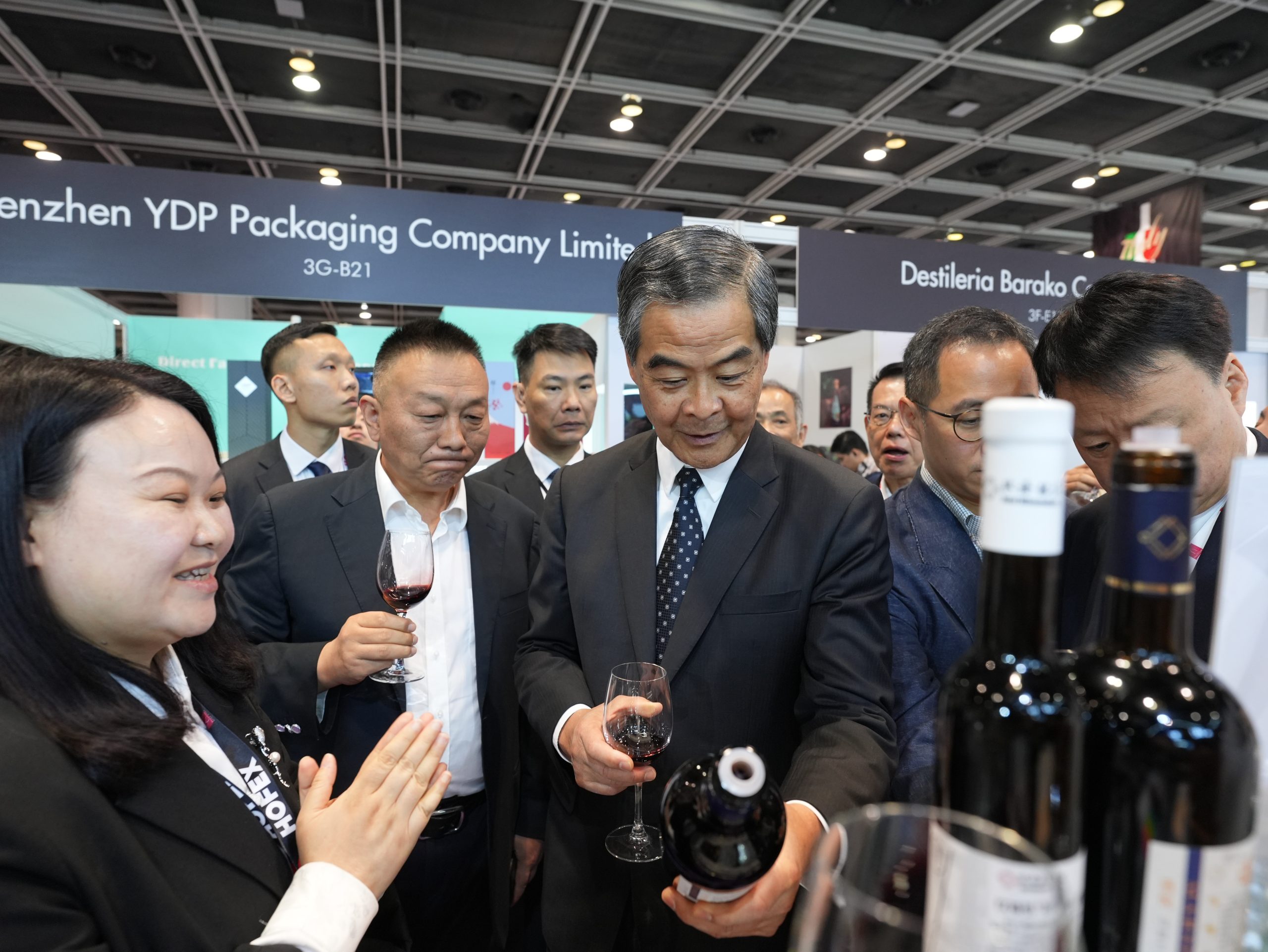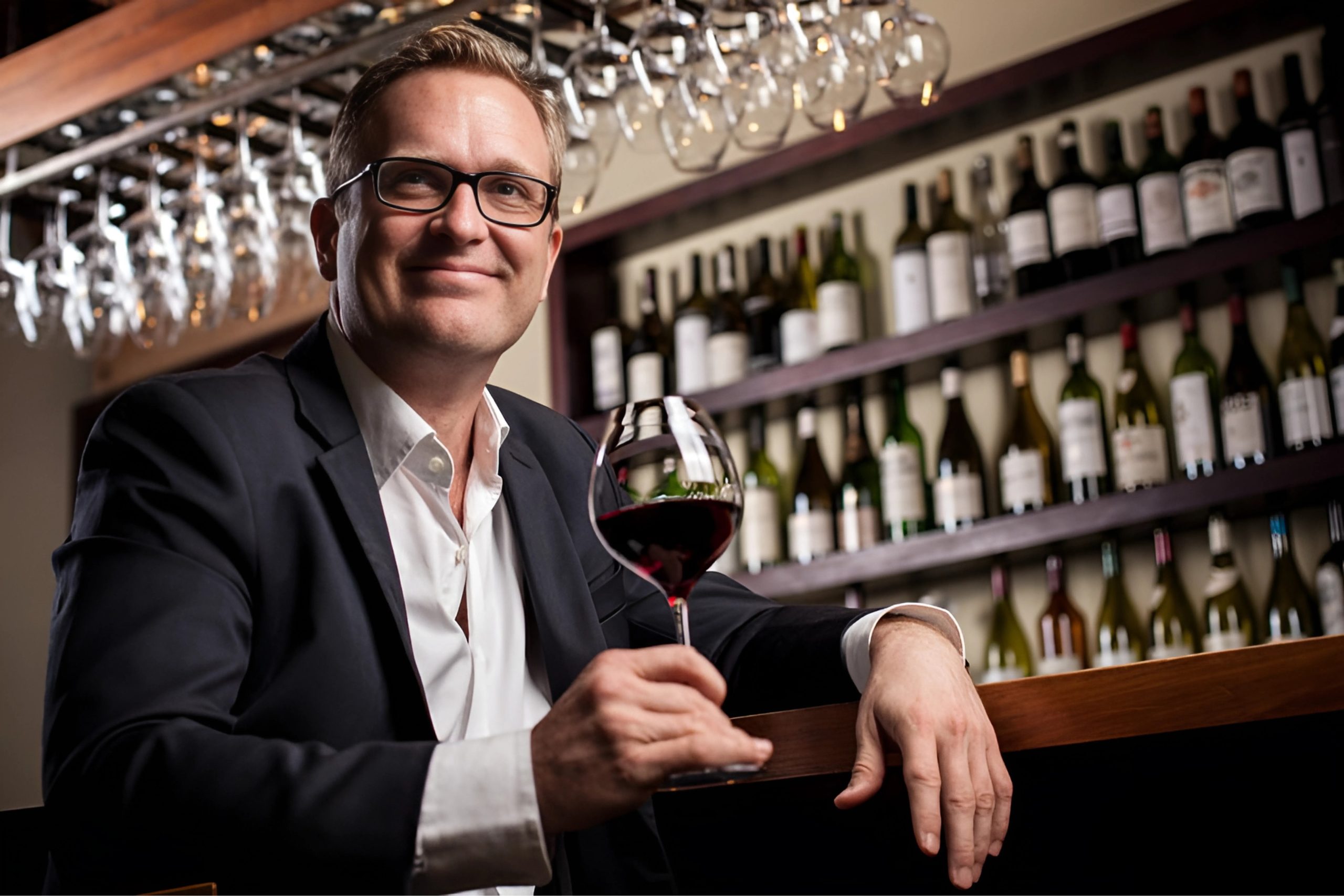Fine wine investment: post-Brexit price performance
One of the interesting findings from the analysis of price movements that we have been doing post-Brexit referendum was the differentiated performance of sectors within the market, and indeed to learn that there was no premium in terms of price-rise accorded to older (pre 1996), and therefore scarcer wines. Over the time frame, for example, Bordeaux Left Bank wines from 1982 have appreciated 26%, much the same as 2003 and 2008 and rather less than 2014 (32%).
In certain years there has been a marked difference between First Growths and Superseconds. Supersecond wines from the 2001 vintage are up 36% on average whilst First Growths are only up 27%. The 2004 numbers are 32% and 24% respectively, whilst the reverse is true of a vintage like 2013 where First Growths have risen 28% against 21% for the Superseconds.
The widest divergences are thrown up by 1980s vintages though, with 1987 favouring First Growths by 36% to 22%, against 1985 which reversed the order by 30% to 17%. If the above statistics aren’t enough to corroborate the fact that there is no homogeneous “fine wine price” in this market place, then nothing will be. We ain’t got a commodity market here, ladies and gentlemen.
What they also support is the benefit of active management, if not exactly active trading. The market in general isn’t volatile enough over very short time frames to justify active trading, but charts like the one below strengthen the case for active management.
If 5 years ago you had switched out of Lafite 2008 into Masseto 2008 you might think you had done quite well by leaving well alone.
Not so! Had you counted your blessings and switched back 2 years ago you would have maximised your exposure thus.
In financial terms had you done nothing back in 2012 your £1 would now be worth £1.12. If you had made the switch once it would now be worth £1.50. If you had been lucky enough to have made the switch back to the Lafite in 2015 your £1 would now be worth £1.70.
Investors seldom manage to time market movements perfectly, of course, because we are not that lucky and aren’t blessed with 20:20 hindsight, but it is very important to recognise that this market place affords the opportunity to enhance returns in this way. In fact the whole purpose of Amphora’s existence is to help investors do precisely that. Whilst we believe investors should look at fine wine as a five-year-or-more play, they should also be looking to turn their portfolios to some degree to get the best out of their financial exposure.
This begs a question which is ripe at present when so many wines have had such a good run in recent times. (After living through the 2011 to 2015 period you will forgive me for saying that again: “so many wines have had such a good run in recent times”. Thank you.)
The question is: if you are recommending that I take a 50% profit why are you telling me to buy something which has also gone up 50%? Well, we would endeavour not to, but we acknowledge that there are times when this may happen. This would usually be when, having risen substantially, (more often than not from an absurdly low base) the wine in question still represents excellent value on a relative basis against the rest of the market. Cue the Amphora proprietary algorithm.
Partner Content
But anyone familiar with our methodology will recognise that we are constantly looking out for wines where there is a body of evidence to support a recommendation, rather than just a single point of comparison, and our analysis over the last couple of weeks has thrown up a handful of further possibilities.
What we have found (pretty obvious when you think about it – some wines HAVE to underperform the average by definition) is that isolated vintages of certain wines are lagging the average return of all vintages, (“all vintages” defined in this case as all vintages post 1995). We tend to populate portfolios with wines post 1995 simply because, whilst rarity obviously increases the further back in time you go, there is reasonable liquidity back to that point. Yes, we know you can always find a buyer for your case of 1989 Haut Brion, but investors need a ready secondary market and it just becomes a bit more speculative the further back you go. That said, rules are made to be occasionally broken!
The average return for all Ausones post 1995 for the period since 22nd June 2016 is 24%. There are two which have done particularly badly, the 2007 (+4%) and the 2009 (-3%), but since these don’t show at all well on the algorithm we can reasonably safely discard them. The first rule is to aim for good relative value. Three vintages stand out as under-performers and good algorithmic scorers: the 2006 and 2008 (both +15%), and the 2012 (+12%).
We highlighted the 2012 a couple of weeks ago and the Liv-ex in its “Insight” of last Thursday suggested that the 2008 was as much as 40% undervalued. We concur. Whether it was released at the wrong price or not, as Liv-ex suggests, over time pricing anomalies have a habit of ironing themselves out. As we have said on many occasions, the market doesn’t especially “have it in” for Ausone. Most producers struggle to match the 24% average price rise post referendum so investors should not be put off buying Ausone, and the 2006, 2008 and 2012 are all worth a look.
Meanwhile Chateau Palmer has just “done a Latour”. As you know Latour no longer participates at En Primeur time and releases ex château stock when the humour takes them. They have released twice in the last couple of years, some 2007 at the right price in 2016 and 2005 at the wrong price this year. This is important; and this is the reason:
Release at the wrong price at your peril! We repeat: there is absolutely no justification from an investment perspective for ex château stock being released at a premium. None! So anyone buying this round of Palmer 2006 as an investment must be off their rocker.
Philip Staveley is head of research at Amphora Portfolio Management. After a career in the City running emerging markets businesses for such investment banks as Merrill Lynch and Deutsche Bank he now heads up the fine wine investment research proposition with Amphora.




